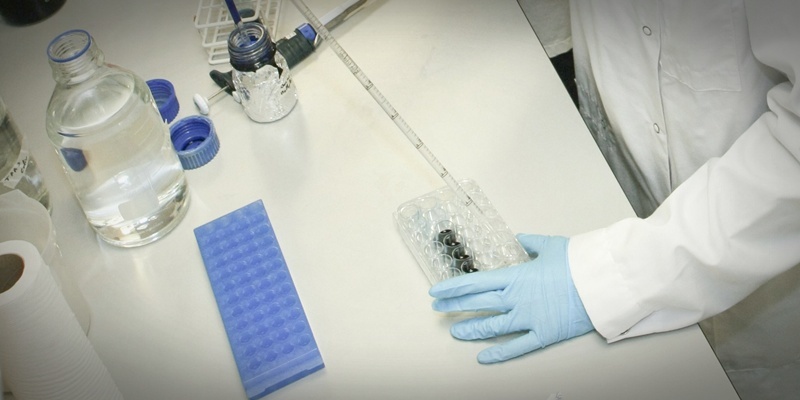Older people taking drugs for thyroid problems could be at greater risk of broken bones, according to new research.
The findings and increasing numbers of people with thyroid problems have prompted a Ninewells Hospital specialist to say research in to the links between thyroid hormone and fractures should be given a higher priority.
Professor Graham Leese, professor of endocrinology and diabetes at Dundee University, commented on bmj.com, where the findings of a Canadian study are published.
Professor Leese said the study showed a clear association between the dose of the thyroid hormone replacement thyroxine and fractures in elderly people.
He said, “Ideal thyroxine doses may vary with age and be unexpectedly low in elderly people.
“It is 120 years since the effect of excess thyroid hormone on bone was first described, yet research in this area still lacks funding.
“With the prevalence of treated hypothyroidism (underactive thyroid) increasing, and the annual economic burden of fractures in the United Kingdom currently estimated at £5.1bn, such research warrants a higher priority.”
The study raises concern that treatment targets may need to be modified in the elderly and that regular dose monitoring is essential even into older age.
Levothyroxine, a synthetic form of thyroxine, is widely used to treat an underactive thyroid gland.
Most patients with an underactive thyroid are diagnosed in early or middle adulthood but, as people age, their thyroxine requirements fall. Although monitoring is recommended, doses can be unchanged into old age.
This can lead to excess thyroid hormone (hyperthyroidism), which can lead to a higher risk of fractures, particularly in women.
Previous studies have had mixed results, so Toronto researchers set out to measure the effect of levothyroxine dose on the risk of fractures in older adults.
Using data from Ontario, the study included 213,511 over-70s with at least one levothyroxine prescription dispensed between April 1, 2002. and March 31, 2007.
Hospital records were used to identify fractures and each case was matched with up to five controls from within the group who had not yet fractured.
Cases and controls were defined as current users, recent users or remote users (discontinued over 180 days before the study) of levothyroxine.
A total of 22,236 (10.4%) individuals had at least one fracture during the study. Compared with remote use, current and recent past levothyroxine use was associated with a significantly higher fracture risk.
The report states, “Among current users, high and medium doses of levothyroxine were associated with a significantly higher risk of fractures compared with low dose levothyroxine.”
Even after taking account of other fracture risk factors, a dose-related association was seen in both men and women, for hip fractures as well as for any fracture.
The report concludes, “Our findings provide evidence that levothyroxine treatment may increase the risk of fragility fractures in older people even at conventional dosages, suggesting that closer monitoring and modification of treatment targets may be warranted in this vulnerable population.”
